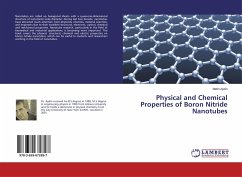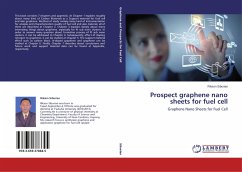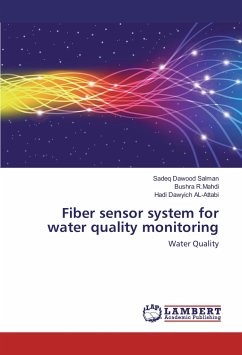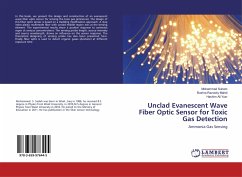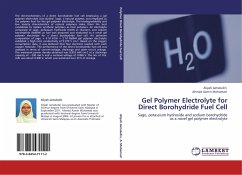Interaction of asbestos fibers with human cells cause lung diseases such as asbestosis and mesothelioma, whose severity is directly dependent on the cellular phenotypes involved. Details of this process remain largely unknown because of the chemical heterogeneity and morphology of the fibers and the requirement of organic-inorganic analytical means. Indeed, the toxicity of these fibers depends not only on their dimensions, but also on their habit and surface chemistry. Therefore, there are multiple fiber-cell interactions and phenomena making challenging their interpretation. Because of their non invasiveness, their ability to investigate at a cellular level and the possibility to probe molecular function, spectroscopic methods as FTIR and Raman spectroscopy are suitable techniques to evaluate these fiber cells interactions. We developed a method to analyze the effect of the interactions between inorganic materials (asbestos fibers) and organic materials (cells). Thus, the use ofspectroscopic techniques allowed a further insight into the mechanism of defence of single living cells interacting with asbestos fiber.
Bitte wählen Sie Ihr Anliegen aus.
Rechnungen
Retourenschein anfordern
Bestellstatus
Storno



